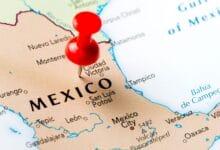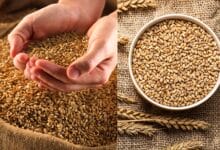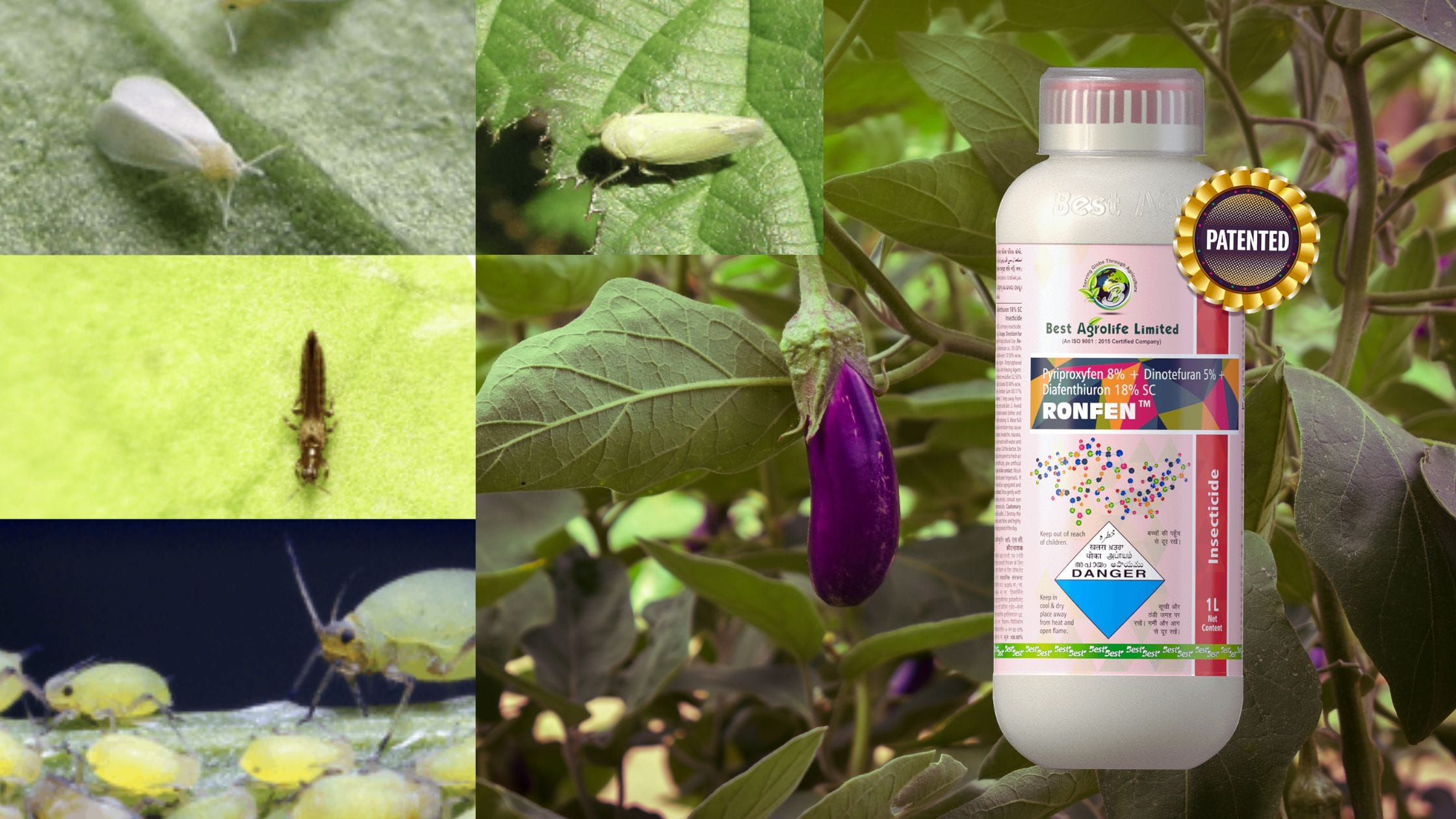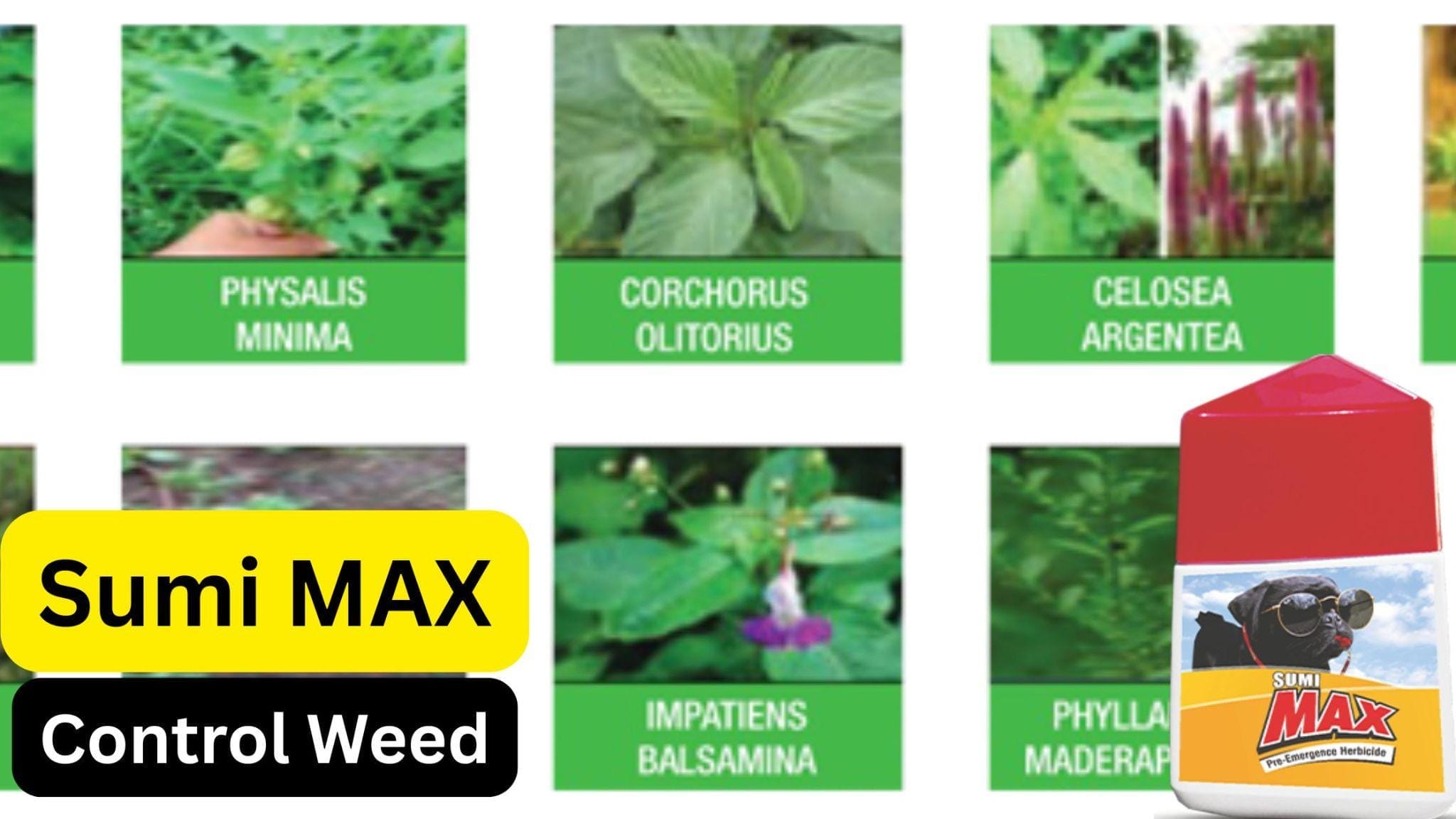Top Banana Producing Country in the World: A Comprehensive Overview

Bananas are one of the most popular and widely consumed fruits across the globe. In this article, we explore the top banana-producing country in the world, delve into production statistics, farming practices, export revenues, and what makes this country a global leader in banana cultivation.
They are not just a delicious snack but also a rich source of essential nutrients like potassium, vitamin B6, and fibre. But have you ever wondered which country leads the world in banana production?
Table of Contents
Global Importance of Banana Production
Bananas are grown in over 150 countries and play a vital role in both food security and economic development. As a staple food in many tropical and subtropical regions, bananas provide calories, livelihoods, and employment to millions of people.
Globally, more than 120 million tons of bananas are produced annually.
Top Banana Producing Country in the World: India
Top Banana Producing Country in the World: India. India is the largest banana-producing country in the world, contributing significantly to the global banana market. According to the Food and Agriculture Organisation (FAO), India produces over 30 million metric tons of bananas each year, accounting for more than 25% of total global production.
Key Statistics:
- Annual Production: Over 30 million metric tons
- Global Share: ~25% of world banana production
- Total Cultivated Area: Around 900,000 hectares
- Major Banana-Growing States: Tamil Nadu, Maharashtra, Andhra Pradesh, Gujarat, and Kerala

Why India Leads in Banana Production
Several factors contribute to India becoming a top banana producing country in the World.
1. Favourable Climate
India’s tropical and subtropical climates are ideal for banana cultivation. Regions with consistent temperatures between 25°C to 30°C and high humidity provide optimal growing conditions year-round.
2. Availability of Irrigation
Most banana farms in India have access to reliable irrigation systems, especially in southern states like Tamil Nadu and Maharashtra. This reduces dependence on monsoons and boosts productivity.
3. Diverse Varieties
India cultivates several banana varieties suited for different markets and climatic zones. Popular varieties include:
- Cavendish (Grand Naine): Most exported variety
- Robusta
- Rasthali
- Nendran
- Poovan
4. Government Support
The Indian government promotes banana cultivation through subsidies, agricultural training, and access to quality planting materials. Programs like Mission for Integrated Development of Horticulture (MIDH) have been instrumental in expanding banana farming. Without the Government’s support, India would not have become the world’s leading banana-producing country.
5. Technological Advancement
Indian farmers are increasingly adopting modern farming techniques such as:
- Tissue culture planting
- Drip irrigation
- Integrated pest management (IPM)
- Fertigation systems
Economic Impact and Revenue
Despite being the largest producer, India exports a relatively small quantity of bananas compared to its domestic consumption. However, banana farming is a major source of income for millions of small and medium farmers across the country.
Export Statistics:
- Annual Banana Export (2023): Around 400,000 metric tons
- Export Revenue: Over USD 150 million
- Top Export Destinations: Iran, UAE, Saudi Arabia, Nepal, and Oman
With increasing global demand and improvement in cold-chain infrastructure, India’s banana exports are expected to grow steadily in the coming years.
Banana Farming Practices in India
Indian banana cultivation is predominantly done through:
- Suckers and tissue-cultured plantlets for propagation
- Intercropping with short-duration vegetables or legumes
- Organic and semi-organic farming in many regions
- Integrated Nutrient Management (INM) and pest control
In Tamil Nadu and Maharashtra, progressive farmers follow high-density planting and vertical farming models for better yield and disease resistance.
Other Major Banana Producing Countries
While India holds the top spot, several other countries also contribute significantly to global banana production, completing the list of the top banana producing countries in the World.
| Rank | Country | Production (Million Tons) |
|---|---|---|
| 1 | India | 30+ |
| 2 | China | 11 |
| 3 | Indonesia | 8 |
| 4 | Brazil | 7 |
| 5 | Philippines | 6.5 |
| 6 | Ecuador | 6 |
| 7 | Bangladesh | 3 |
| 8 | Colombia | 2.5 |
| 9 | Vietnam | 2 |
| 10 | Thailand | 1.9 |
Note: Ecuador, although not the top producer, is the world’s largest exporter of bananas.
India vs. Ecuador: Producer vs. Exporter
While India produces the most bananas, Ecuador leads in banana exports. Here’s a quick comparison:
| Parameter | India | Ecuador |
|---|---|---|
| Total Production | 30+ million tons | ~6 million tons |
| Domestic Use | Very High | Moderate |
| Export Volume | ~400,000 tons | Over 6 million tons |
| Main Markets | Asia & Middle East | USA, Europe, Russia |
| Challenges | Infrastructure, perishability | Weather, global pricing |

Frequently Asked Questions (FAQs)
Q1. Which state is the largest producer of bananas in India?
Tamil Nadu is the leading state, followed by Maharashtra and Gujarat.
Q2. Are Indian bananas exported globally?
Yes, Indian bananas are mainly exported to Middle Eastern and South Asian countries, and the export market is growing.
Q3. What is the most common variety of banana grown in India?
Cavendish (Grand Naine) is the most widely grown and exported banana variety.
Q4. Why is India not the top banana exporter despite being the top producer?
India’s high domestic consumption, post-harvest losses, and limited cold-chain infrastructure reduce its global export volume.
Q5. How long does it take for a banana plant to bear fruit?
Typically, a banana plant takes 9 to 12 months from planting to harvest.
Conclusion
India stands tall as the largest banana-producing country in the world, thanks to its favourable climate, vast arable land, and progressive farming practices. Though its export potential remains underutilised, India’s robust domestic consumption keeps banana farming a lucrative business for millions of Indian farmers.
With continued investment in infrastructure and export logistics, India has the potential to become a major global banana exporter in the coming years, further strengthening its position in the global fruit market.
If you’re looking to start a banana farming business or export tropical fruits, India presents a promising opportunity. Stay tuned for more updates on global agricultural trends!
Read Other Articles:
-
Agriculture Powers 15–20% of India’s Economy, Says Scientific Advisor Ajay Kumar Sood.
New Delhi – Principal Scientific Advisor to the Prime Minister, Ajay Kumar Sood, has highlighted that agriculture continues to play a crucial role in India’s growth, contributing 15–20% to the national economic output. Speaking at the Dialogue NEXT event, organised by the Indian Council of Agricultural Research (ICAR) in the capital, Sood underlined that the…
-
RONFEN Insecticide: A Complete Guide for Farmers
RONFEN Insecticide In modern agriculture, one of the biggest challenges farmers face is crop loss due to insect attacks. Pests not only reduce yields but also affect the quality of the produce. To tackle these challenges, farmers rely on innovative crop protection products like RONFEN, a powerful insecticide designed to provide long-lasting protection against a…
-
Grow Dragon Fruits: Care, Benefits, and Global Significance.
1. Introduction Dragon fruit, also known as pitaya, is a striking tropical fruit with vibrant flesh and rich nutritional value. Its low-maintenance cultivation, economic promise, and growing international demand make it an increasingly attractive crop. Here’s how to develop it safely and understand why certain regions dominate its production worldwide. 2. Water, Soil, Sunlight &…











